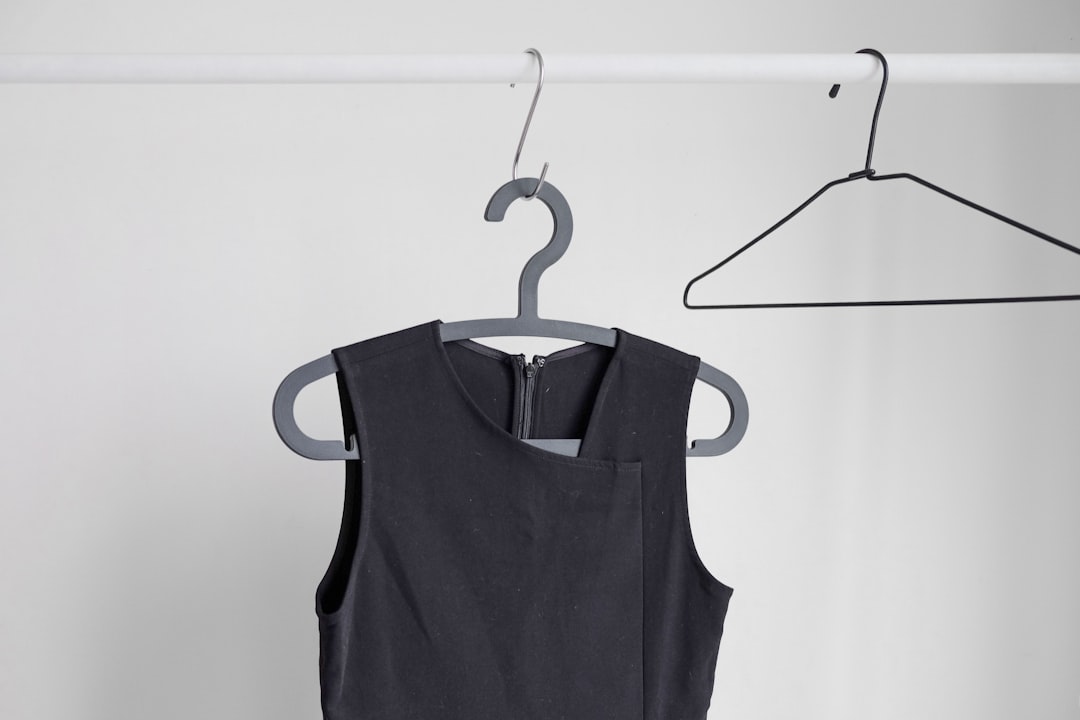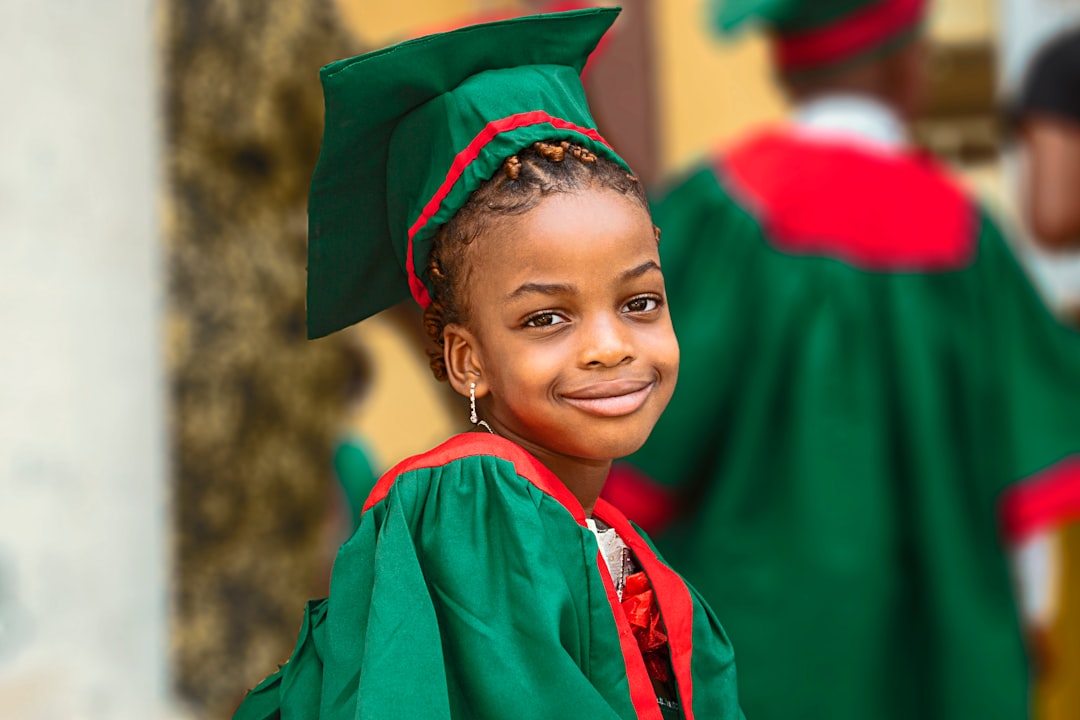What is it about?
A semi-supervised learning (SSL) method for traditional painting classification, achieving exceptional results even with a limited number of labels, and a data augmentation strategy, Random Brushwork Augment (RBA), which integrates brushwork to enhance the performance.
Featured Image
Why is it important?
Traditional Chinese painting (TCP), culturally significant, reflects China’s rich history and aesthetics. In recent years, TCP classification has shown impressive performance, but obtaining accurate annotations for these tasks is time-consuming and expensive, involving professional art experts. To address this challenge, we present a semi-supervised learning (SSL) method for traditional painting classification, achieving exceptional results even with a limited number of labels. To improve global representation learning, we employ the self-attention-based MobileVit model as the backbone network. Furthermore, We present a data augmentation strategy, Random Brushwork Augment (RBA), which integrates brushwork to enhance the performance. Comparative experiments confirm the effectiveness of TCP-RBA in Chinese painting classification, demonstrating outstanding accuracy of 88.27% on the test dataset, even with only 10 labels, each representing a single class.
Read the Original
This page is a summary of: TCP-RBA: Semi-supervised learning for traditional chinese painting classification with random brushwork augment, Journal of Intelligent & Fuzzy Systems, April 2024, IOS Press,
DOI: 10.3233/jifs-236533.
You can read the full text:
Contributors
The following have contributed to this page










